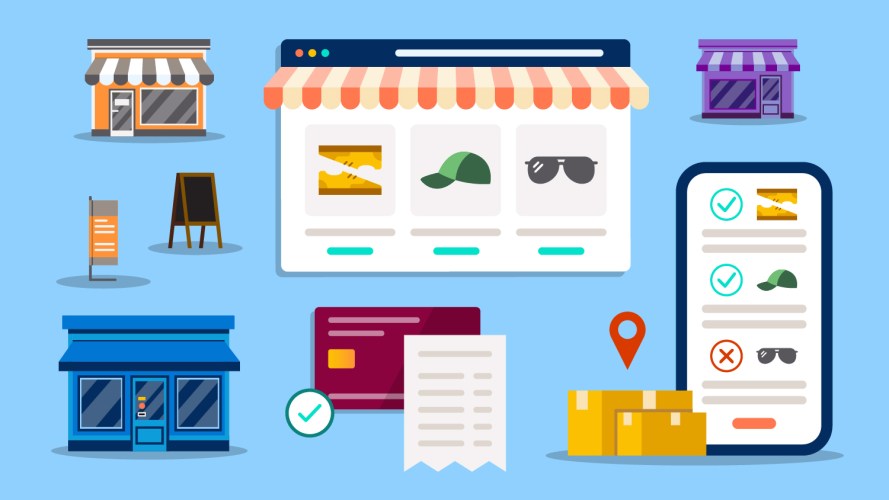How 5G Can Help Communications Service Providers Reimagine Customer Experience



With 72% of consumers expecting companies to use new technologies to create better experiences, 5G can help transform how service providers do business.

Cheng Kian Khor
Much has been said about the transformative nature of 5G services. Apart from the consumer applications like blazing-fast mobile downloads, 5G also enables an abundance of smart enterprise and Internet of Things (IoT) applications. These applications can transform the way we do business and how we manage our lives.
For communications service providers, 5G is an opportunity to reimagine customer experiences across the whole customer lifecycle.
5G is a game changer in terms of innovation
Communications service providers can leverage a digital-first, cloud-based customer platform to transform how 5G services are marketed, sold, delivered, and supported.
Imagine a high-bandwidth, low-latency 5G broadband offer targeted at serious gamers.
What if, with a single click on an app, gamers can instantly activate 30 minutes of free play on the 5G network? This would allow them to experience the difference in 5G network quality before they purchase.
Similar scenarios exist for enterprise 5G and IoT use cases. What if an enterprise customer needed a high-bandwidth and low-latency video for a live event? With 5G, this can be provisioned on the fly through a digital self-service portal instead of the time-consuming process of contacting an account representative to ask for a quote before placing an order.
This type of innovation requires service providers to take a new approach in leveraging an extensible platform and moving away from legacy operational support systems and business support systems (OSS/BSS) to be able to support seamless and engaging user experiences like these.
Innovation bottlenecks to overcome
Customer expectations are changing; they wish to engage and consume services from communications and network providers. With new 5G services, there will be opportunities for innovation across the customer experience, from marketing to post-sale support.
Innovation is easier said than done. Delivering excellent user experiences depends on the ease of configuring and adapting the OSS/BSS. Unfortunately, legacy OSS/BSS stacks are often bottlenecks to 5G innovation.
It is not uncommon for the OSS/BSS to be heavily customized and extended piecemeal over the years to support each generation of network technology. In the past, this has included 2G, 3G, 4G/long-term evolution, public-switched telephone network, digital subscriber line, and fiber optics communications.
As a result, these legacy IT platforms are often burdened with complexity and technical debt. That means they are not agile enough to support new demands like omni-channel engagement and dynamic service configuration. With legacy IT platforms, businesses will take far longer to launch new 5G products and services (months rather than days). There will also be costly and time-consuming IT development and support.
Communications service providers can realize the full potential of 5G
A recent Salesforce “State of the Connected Customer” survey found that 72% of consumers and 83% of business buyers expect companies to use new technologies to create better experiences.
In the context of next-generation 5G services, this means:
- Simplifying products, offers, and business processes to exploit the rich, dynamic, flexible nature of 5G.
- Putting the customer in control with self-service features that leverage inherent 5G capabilities for zero-touch automation and service intelligence.
- Engaging with customers on their preferred channels. These channels are increasingly digital, mobile, or social with seamless transitions across channels.
- Accelerating 5G service delivery by streamlining and unifying the quote-to-order and fulfillment process through catalog-driven design.
The phased approach is one way to transition from legacy OSS/BSS to a digital-first and customer-centric cloud platform. Another increasingly favored method is to start with a clean slate by deploying a new cloud-based OSS/BSS stack for a new service launch.
Just as network economics will be transformed by 5G, an agile, cloud-based customer platform will reduce the total cost of ownership (TCO) and transform IT spend in a commensurate way.
Salesforce is working with service providers globally to evolve to digital-first and cloud-based customer platforms. These will set the foundation for providers to realize the full potential of 5G services. For example, Orange worked with Salesforce to “uberize” the digital telco experiences, and put their customers in control with effortless and instant choices at their fingertips.
5G represents a compelling opportunity for communications service providers to reinvent their future networks and drive growth through new business models. It is also an opportunity to transform IT in order to eliminate bottlenecks to innovation, reimagine customer experience, and the digital world.
How do you see a return on your 5G infrastructure investment?
With communications service providers investing billions of dollars in 5G infrastructure, learn how to show a return with 5G Monetization. Learn how to unlock the value of your network.


























